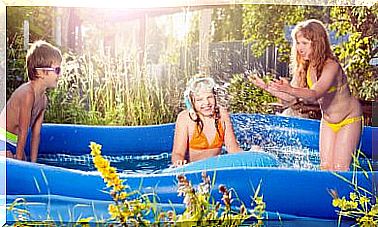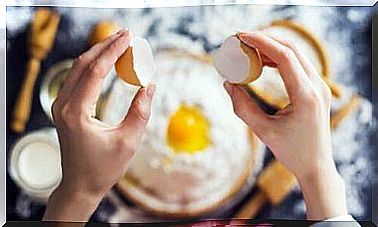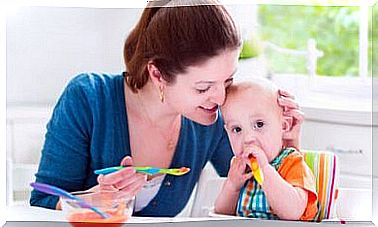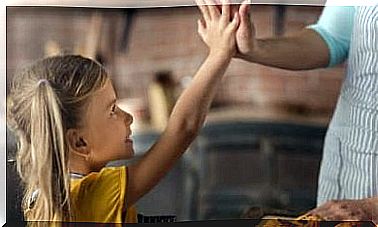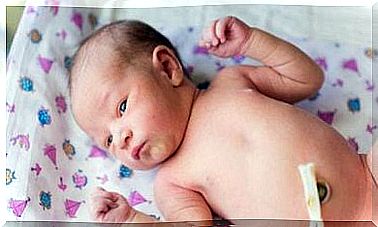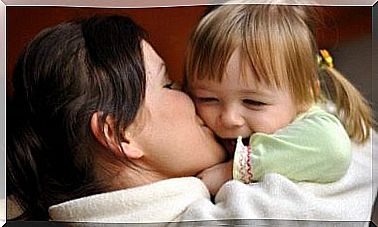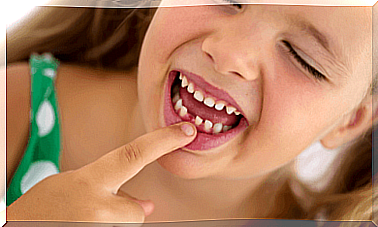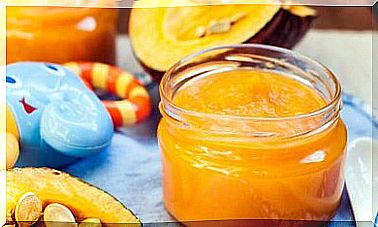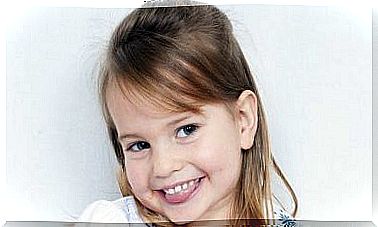Tips For A Safe Kangaroo
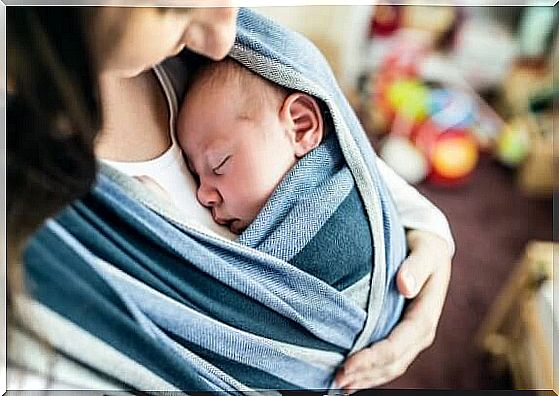
Currently, there is a wide variety of devices that allow you to carry your baby: backpacks, scarves, slings… It is important to know how they work and what points to take into account when choosing one or another kangaroo to carry your baby in a good way. safe. See tips for a safe kangaroo.
The multiple benefits and advantages of using a kangaroo have been demonstrated when we need to transport our babies. Both parents can use it and, in this way, discover how direct contact is beneficial for both of them.
Kangaroo Benefits
Some of the benefits for babies presented by the kangaroo are as follows:
- It increases the physical contact between baby and caregiver, which increases the bond and the feeling of security for the baby.
- It reduces crying as well as helping you sleep better.
- Promotes breastfeeding and encourages breastfeeding on demand.
- Prevents postural plagiocephaly.
- Promotes secure attachment.
And for those who carry the baby:
- Allows greater mobility and autonomy by not depending on the cart.
- Promotes self-esteem.
- Decreases the risk of postpartum depression.
- When used correctly, the kangaroo protects and strengthens your back muscles.
Age to start using the kangaroo
With backpack-type devices, carrying the baby before 6 months of age is not recommended. If you want to carry him to this stage, it is recommended to wear slings that allow the baby to be wrapped.
This recommendation is due to the fact that they are still too small to sit and their physiological posture implies that their back is curved in a C-shape.
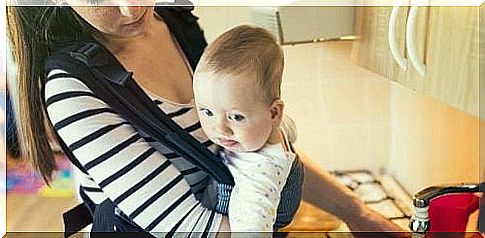
Using a safe kangaroo at this stage, when done correctly, is very beneficial for the baby. Mainly because it allows him to be in contact with his parents, which conveys security and tranquility.
However, it is essential that the baby’s face is always free and visible, as we should be able to easily check that he is breathing correctly.
Baby looking forward or backward?
The baby should always be looking at you, that is, facing the carrier’s chest. This fact is very important because if the baby is looking straight ahead, his physiological posture will be modified by straightening his lumbar curvature.
Also, in the forward facing position, the toddler’s legs will hang down (thus increasing the risk of hip dysplasia) and he will still be overstimulated by the environment around him.
ergonomic posture
It is very important that the kangaroo used to carry, be it a scarf, a backpack or a sling, allows an ergonomic position for both the baby and the carrier.
The kangaroo should not be a nuisance for the porter. So, before buying a device, try and confirm that it fits snugly on your back and is neither tight nor loose.
Learn to handle it first without the baby so it will be easier to use. Ideally, it should be able to adapt to the baby’s growth, that it is made of a breathable fabric and that it does not have zippers or buttons that could disturb.
For the first few months, the baby can be in the “cradle” position in the kangaroo, always with the face visible and placed at the correct height to make sure he is breathing without difficulty. However, it is essential to follow the experts’ recommendations to use the kangaroo safely.
From 6 months, the baby can already be seated in the backpack, but it is very important that the legs do not hang down, as this position does not respect the physiology of the hips and can cause injuries (hip dysplasia). The baby should be seated with legs bent in the frog position (M-shaped legs).
How high do you carry the baby?
The baby’s head must have freedom of movement. Therefore, it must always be in the space between the nose and the body of the charger so that it can breathe properly. In addition, the little one’s face must always be visible. For example, it is generally used as a reference to be able to kiss the baby’s head while he is in the backpack.
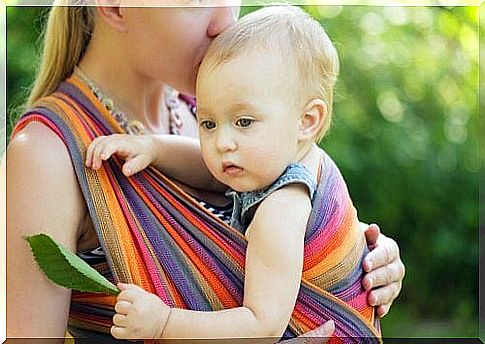
Top recommendations for using the kangaroo safely
- We must never use the kangaroo inside a moving vehicle. The baby must be properly placed in a restraint device appropriate for its weight and size.
- The baby’s head must be free to move, and his face must be free so he can breathe.
- We must not carry the baby in the kangaroo while we are doing activities with a risk of falling (skating, cycling, trekking, etc.).
- Do not cook using the kangaroo, mainly due to the risk of burns.
- Avoid slippery areas that could cause you to fall.
- Adjust the device size to our baby’s height and weight and ensure it is in good condition.
Finally, remember to ask any questions you may have with the reference professional. You’ll love this new alternative for carrying your baby safely!
